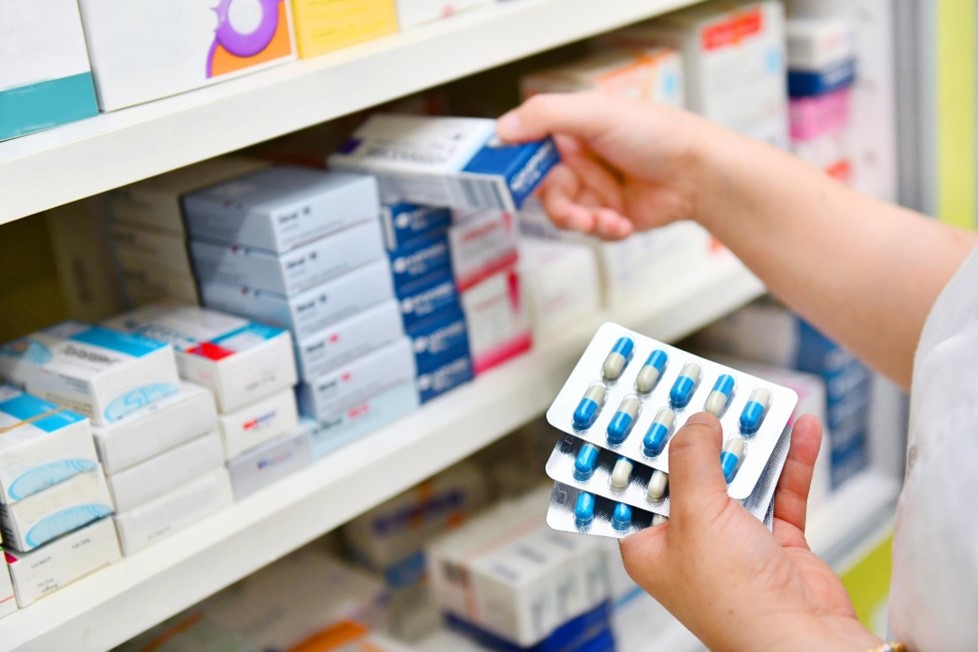Growing number of studies detect antibiotics, medicines and caffeine in groundwater.

Production and use of medicines, antimicrobial and pharmaceutical products, is increasing globally and so is the risk of their ingredients and breakdown products reaching the environment. In addition, effluent from hospitals, landfill sites and aquaculture can be sources of manufactured compounds that enter surface waters and groundwater. The effects of such contamination may carry both human and ecosystem health risks. Although surface waters are most likely to be contaminated, it is crucial to assess the risk to human health and environment from contaminants in groundwater.
Researchers conducted a literature review of studies from all world continents on contamination of groundwater with these products. The review finds that traces of pharmaceutical compounds have been found in groundwater all over the world. Studies published in the last four years show that triclosan and triclocarbon (antibacterials) are commonly found in groundwater in many countries. The insect repellent diethyltoluamide (DEET), meanwhile, is ubiquitous in European groundwater. Contamination hotspots in developed countries are usually close to waste-water treatment plants, pharmaceutical and chemical factories, landfill sites and farmland, say the researchers.
Overall, there is growing evidence that groundwater in all parts of the world is affected with contaminants of emerging concern. The researchers suggest that greater understanding of the transport of personal care products and pharmaceuticals in soil and water would be vital to determine their fate in groundwater, requiring the development of tracing methodologies amongst others. The complete article can be found in “Science for Environment Policy”, the European Commission DG Environment News Alert Service, edited by the Science Communication Unit, The University of the West of England, Bristol.
EmConSoil coordinator
- Address
- Stationsstraat 110
2800 Mechelen
Route and accessibility - Telephone
- +32 15 284 284
